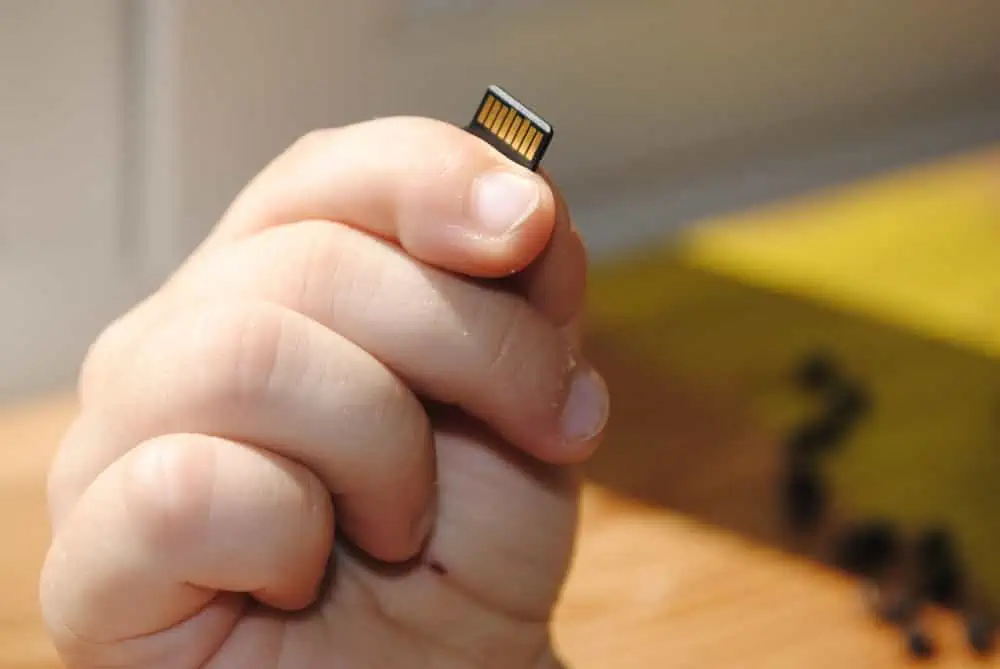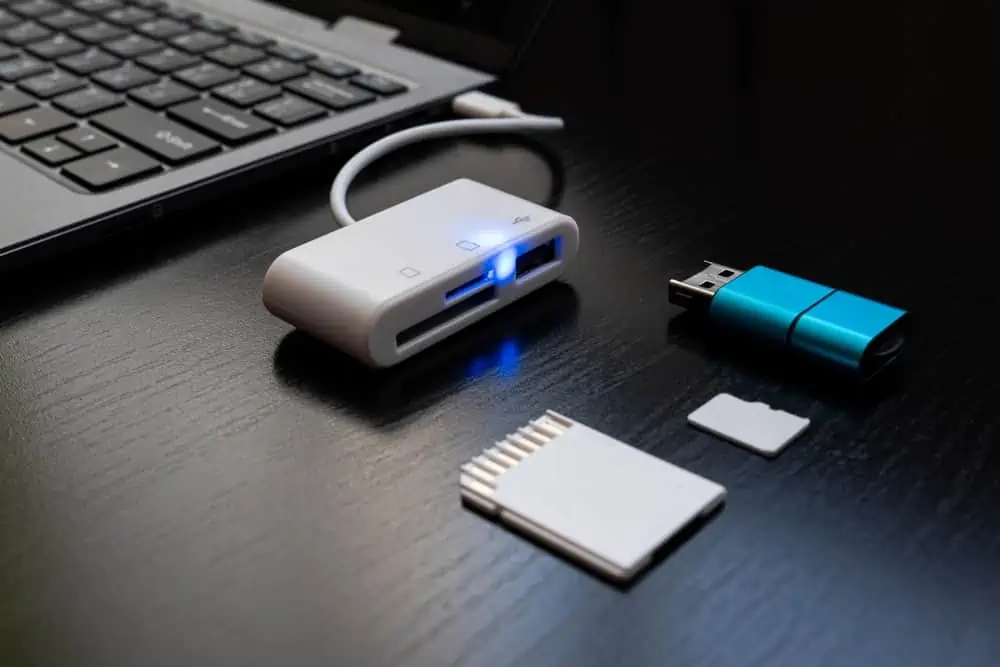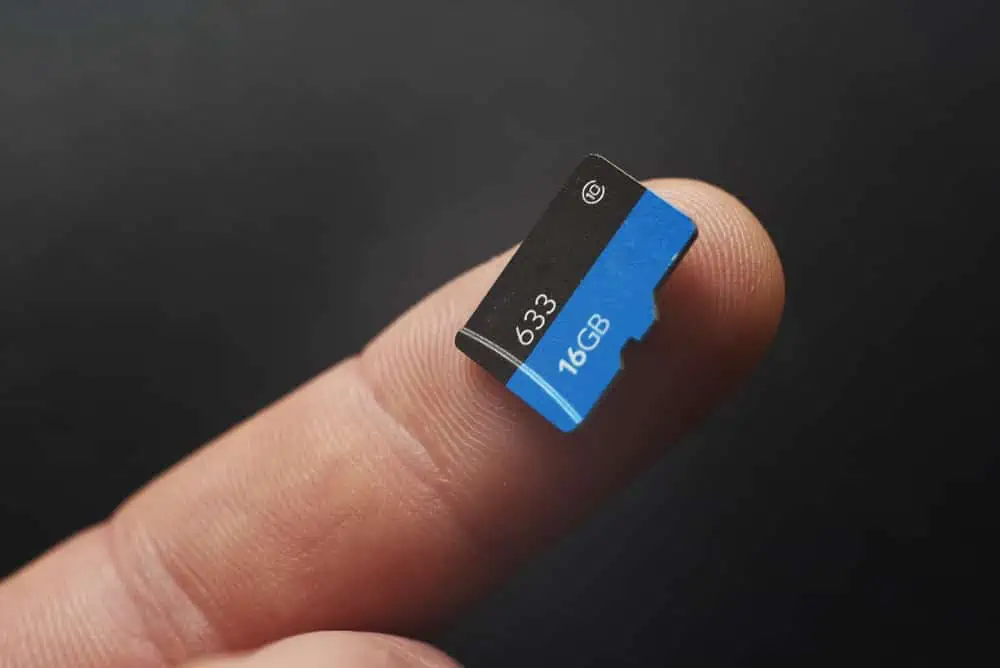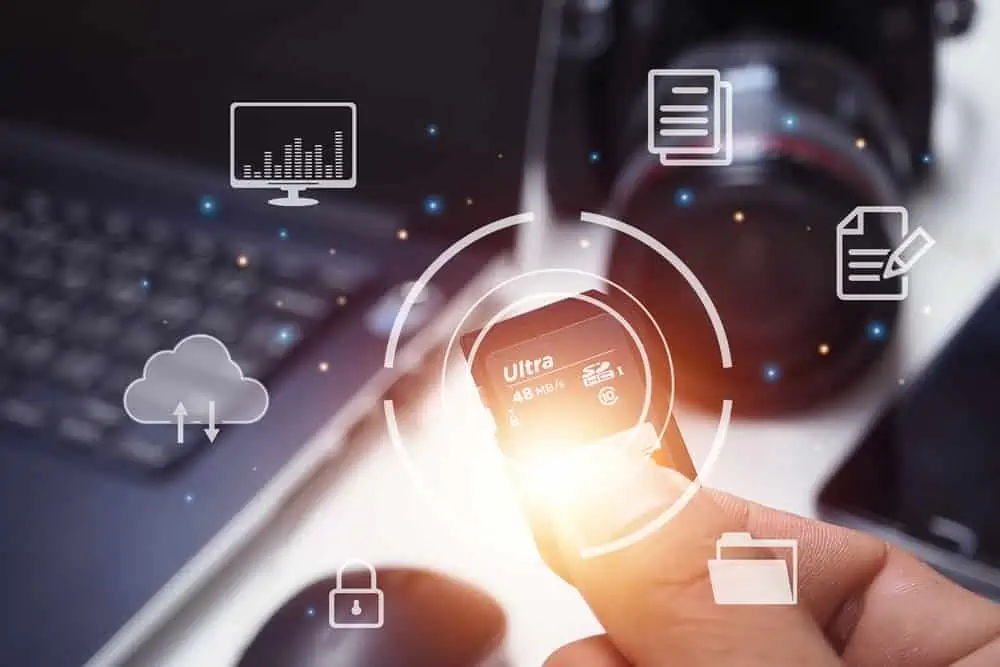Do you want to learn about a scratch disk and how it works? Reading this article will be helpful to you.
Overview
In a simple term, a scratch disk is a space dedicated or partitioned on a storage drive for temporarily storing data. This temporal storage space is mostly used by graphics design applications such as Adobe Photoshop.
This is because such applications require lots of data during operation. However, because a scratch disk is mainly for temporary storage, you cannot use it to permanently backup files.
Hence, you can set it to erase data at regular intervals so there will be enough space for future use. Besides, this temporal storage space can be assumed as an extension of a computer’s memory (RAM).
Basically, a place where you store data currently in use to ensure optimal system performance. However, the main difference between both of them is that you can manually choose the data stored on the scratch disk.
On the contrary, you cannot do that with RAM. Another significant difference is that RAM is much faster during operation because it is faster than SSD or HDDs.
So, since RAM is faster than SSDs and HDDs and the scratch disk is created in an SSD or HDD, the RAM is faster than the scratch disk.
Nonetheless, that doesn’t mean a scratch disk won’t improve your computer’s performance well enough. As a matter of fact, it greatly boosts one’s computer’s performance when handling intensive tasks like video editing.
However, the type of storage drive you use for the scratch disk determines how it affects your computer’s performance. Thus, since SSDs are typically fast, they should be the best option for a scratch disk.
With all that being said, let us move to the section below to learn how this temporal storage space works.
How Does a Scratch Disk Work?
As hinted in the section above, a scratch disk is a storage space used by photo editing software like Photoshop for storing data temporarily. How does it work though?
Well, I would say that it works similarly to and with the RAM. For better understanding, when data is temporarily stored in RAM, your CPU can swiftly access it when necessary.
In doing so, the RAM enhances the computer’s performance and speed. However, when you are working with data-intensive applications like Photoshop or Adobe Premiere Pro, your RAM can run out of space.
Due to this, the CPU has to access data directly from the storage drive instead of from the RAM. When this happens, you will notice a significant drop in performance on your computer.
However, with a scratch disk, the impact of the RAM’s insufficient space will be reduced. This is because when the RAM runs out of space, data can be stored on the scratch disk temporarily.
Hence, while using these data-intensive applications, the CPU can access the data from this dedicated temporal storage space. This is better than the CPU accessing the data directly from the general storage drive.
However, the speed of the scratch disk will determine how fast the CPU is able to access the data. So, since the scratch disk is created in your computer’s SSD or HDD, its speed is affected by the speed of the HDD or SSD.
Thus, I suggest you use an SSD for your scratch disk. This is because SSDs offer rapid read and write speed, compared to HDDs.
Features of a Scratch Disk
Having talked extensively about how this temporal storage space works, we will now discuss its features in this section.
It is a Temporal Storage
From the overview section, I hinted that a scratch disk is temporal storage used by some photo and video editing software. Furthermore, it is data-intensive graphics design applications like Adobe Photoshop that mostly use it.
Moreover, this temporal storage space was designed to lighten the workload of a device’s RAM. In other words, the scratch disk may perform the function of the RAM if the RAM runs out of space.
It Supports Different File Formats
Another impressive feature of this temporal storage space is that it supports various file formats. For example, it supports JPEG, PNG, GIF, PDF, SVG to MP4, and even lots more.
It does not require you to configure it to any specific file format. As a result, you don’t have to worry about file format compatibility.
You Can Create Scratch Disk in an External Drive
What this means is that you can use an external storage drive as your scratch disk. However, there is a “but”.
The “but” is that you must connect the external drive to the PC using fast interfaces like Thunderbolt or USB 3.0. Thus, if your computer lacks these kinds of ports/connections, you can’t use an external scratch disk.
Graphics Design Applications Mostly Use it
This temporal storage space is mostly used by graphics design applications such as Adobe Photoshop and Adobe Premiere Elements. This is because such applications require lots of temporal data when running.
Hence, when the RAM runs out of space, the application can use the scratch disk to temporarily store data for the CPU to access.
The Storage Device Type Affects Its Efficiency
As mentioned earlier, you can use various kinds of storage devices for your scratch disk. However, the type of storage device used determines the performance of this temporal storage space.
Thus, if you use a fast storage device like SSD, your scratch disk will be able to send and receive data fast. Likewise, a slow storage device equates to poor performance.
Pros of a Scratch Disk
It Supports the RAM
This temporal storage space supports a PC’s RAM when it runs out of space.
Basically, it stores data temporarily for the CPU to access when the RAM’s space is insufficient. This improves the overall speed of the PC when you’re using photo editing tools that use scratch disks.
You Can Use an External Storage Device as a Scratch Disk
You’re not limited to an internal storage device This temporal storage space isn’t limited to.
Therefore, you should be able to use an external storage device as your scratch disk.
You Can Manually Choose the Data You Wish to Store on it
Unlike RAM, you can choose the data you want to temporarily store on a scratch disk.
When I say that you can choose what you store in a scratch disk, I mean that when you set up this temporal storage, only data in the application use the storage. On the contrary, any application can use the RAM and you do not have control over that.
It Offers an Easy Setup
One of the major advantages of using this temporal storage space is its easy setup.
All you have to do is format the storage drive you wish to use for the scratch disk. If you use a Windows computer, you need to format the drive to NTFS using Disk Management.
After formatting the drive you wish to use for this temporal storage, you must configure the disk as the scratch disk from within the application.
It Enhanced a Computer’s Performance.
This temporal storage space facilitates improved and efficient performance in a computer while handling data-intensive applications.
This is because its operations are similar to those of the RAM.
Cons of a Scratch Disk
A Slow Storage Drive Affects its Performance
The first disadvantage of this temporal storage space is that it greatly depends on the drive used. Therefore, if you use a slow storage drive for your scratch disk, it will affect its overall performance.
Besides, it is no news that the speed of storage drives differs according to their model and make. It is also a known fact that SSDs are faster and better than HDDs.
So, if the storage drive used for this temporal storage space is slow, it will affect its efficiency.
It Only Supports Thunderbolt and USB 3.0 Ports for External Connection
If you plan to use an external storage drive for this temporal storage space, you must connect it with a Thunderbolt or USB 3.0 port.
Thus, if your computer doesn’t feature either of these ports, you can’t use an external scratch disk.
Its Speed Does Not Match the Speed of RAM
The speed of a scratch disk depends on the type of storage drive used.
However, there is no storage drive that is faster or even matches the speed of RAM. Therefore, the CPU accessing data from this temporal storage space can’t be as fast as accessing them from the RAM.
In other words, you’re better off increasing the size of the RAM in your computer. This way, when you’re running these graphics-intensive applications, the application will depend less on temporal storage.
Port Bandwidth Affects its Performance
This is a disadvantage if you use an external storage drive for temporal storage when graphics applications like Photoshop are running.
Basically, ports have different bandwidths (speed). Hence, if you connect an external disk via a low-bandwidth port, it will limit its performance and data transfer speed.
Conclusion
Even though a scratch disk isn’t as fast as the RAM, it serves its purpose well. Basically, it works more like a substitute for the RAM when RAM runs out of space to store data temporarily.
Moreover, unlike the RAM, you can choose what you wish to store in it. Besides, you can use various kinds of drives for this temporal storage space ranging from HDD to SSD.
In fact, you can also use an external storage drive and flash storage devices for this temporal storage space. However, the type of drive you use for it determines its efficiency and speed.
Nonetheless, with this temporal storage space, your computer should have improved performance when running graphics design apps.
I hope you now know every important thing about this temporal storage space. I also hope you found this article easy to understand and comprehensive.
If you did, click on “Yes” beside the “Was this page helpful” question below. You may also express your thoughts and opinions by using the “Leave a Comment” form at the bottom of this page.
Finally, you may find other helpful articles on our Storage & Disk Technology Explained page



